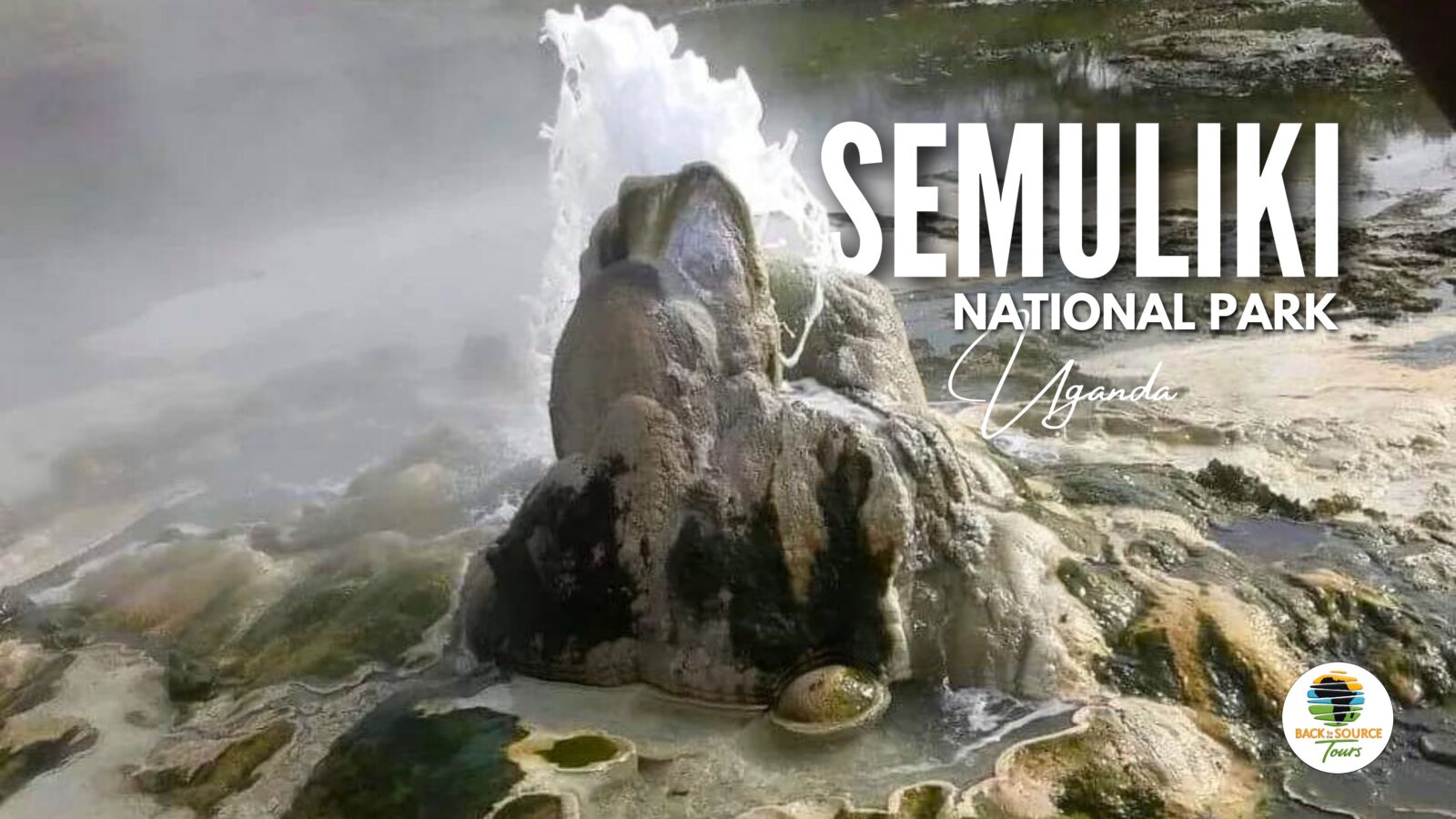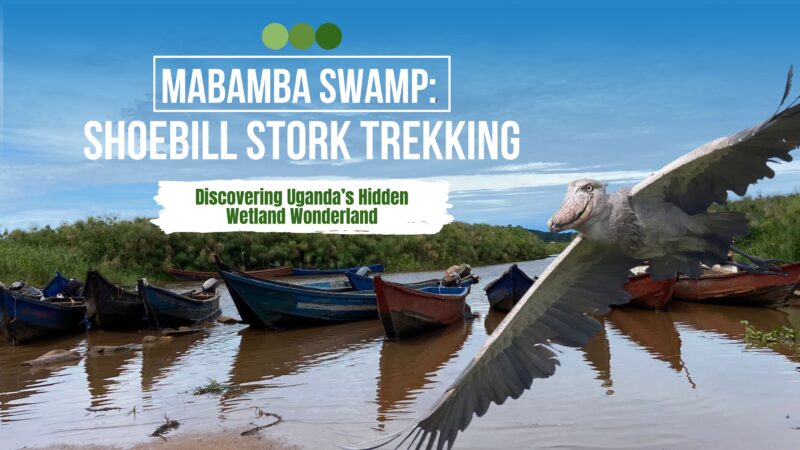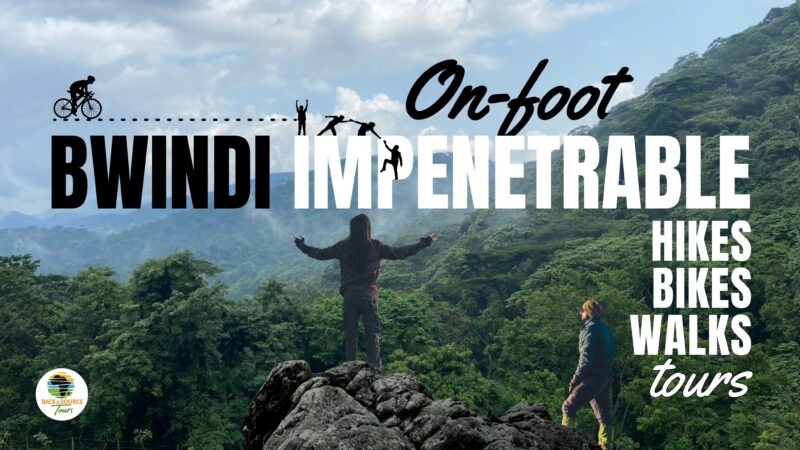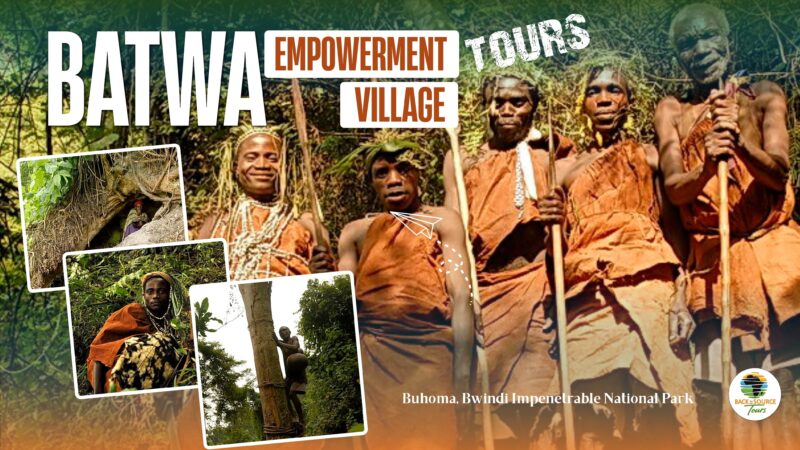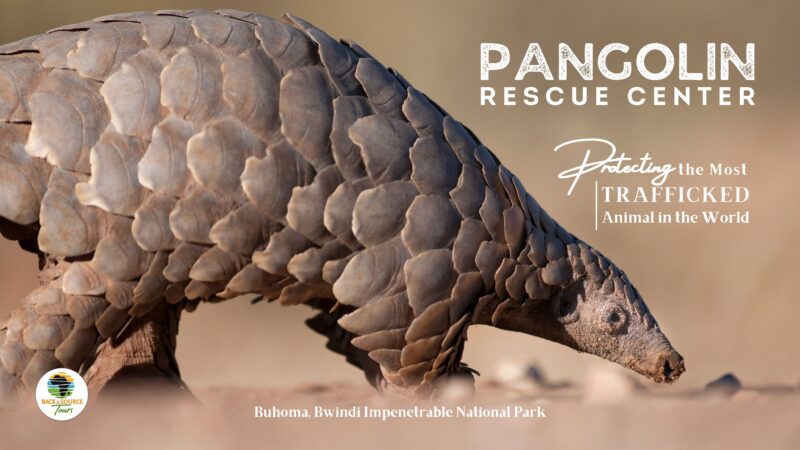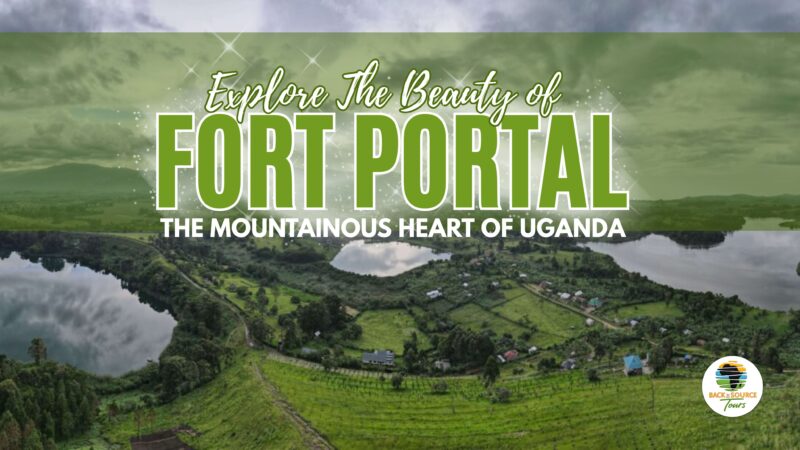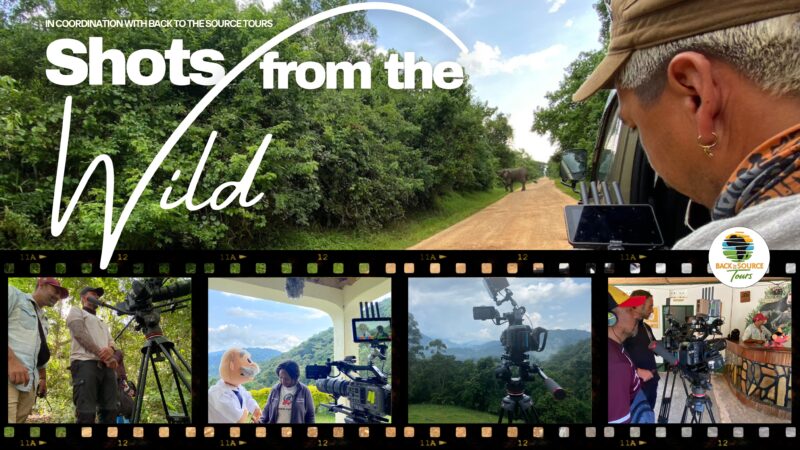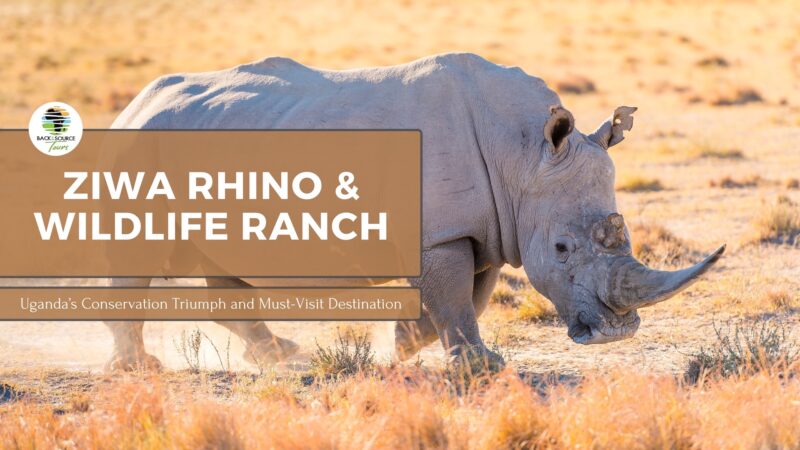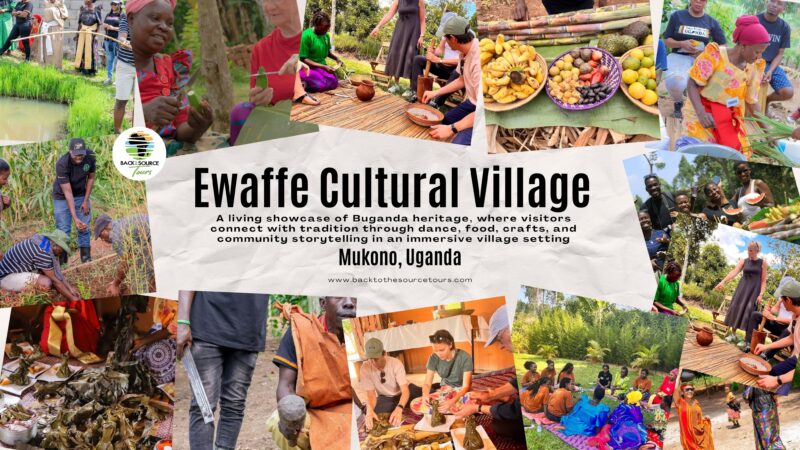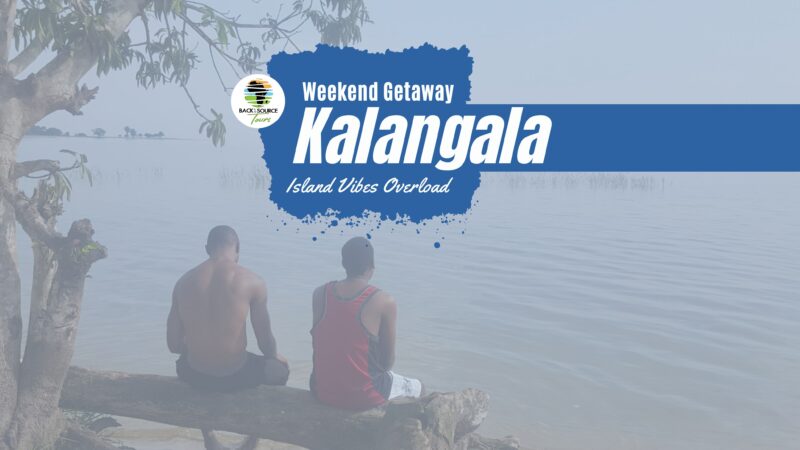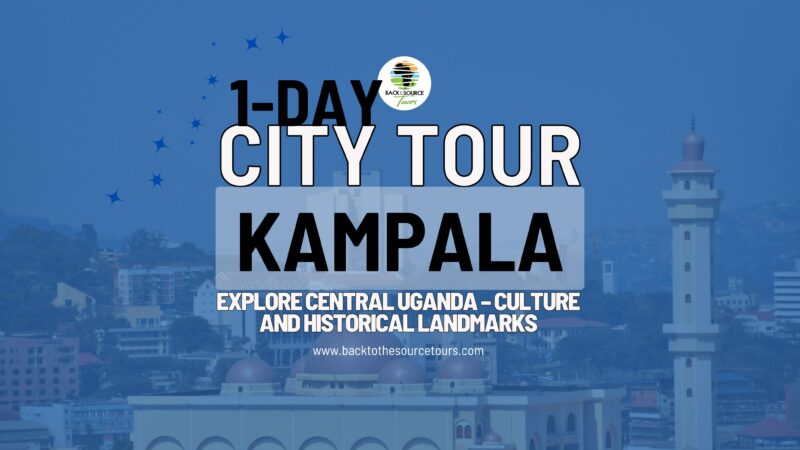Uganda’s Tropical Treasure on the Edge of History
Located in Uganda’s far west, where the Albertine Rift meets the Congolese border, Semuliki National Park is a verdant realm of lowland tropical forest, steaming hot springs, and deep cultural heritage. At just 220 km from Kampala (a 5–6 hr drive) and only 50 km from Fort Portal, Semuliki is remarkably accessible for an “off-the-beaten-path” experience. It lies within the larger Semuliki Conservation Area, which includes Toro-Semliki Wildlife Reserve and stretches into Democratic Republic of Congo, making it one of Africa’s most biologically rich transboundary forests.
A Forest Steeped in Time & Culture
Semuliki’s forest is estimated to be over 10,000 years old, a relic of the vast rainforests that once spanned central Africa. Local legend tells of the Batooro people who settled along the Semliki River, worshipping their dragon god “Nyakasura” in caves still revered today. The park’s name, Semuliki, echoes the region’s deep spiritual roots—where every spring and stream is bound with ancestral stories.
Getting Here: Roads, Rails, and Skies
-
By Road from Kampala: Head west via Fort Portal; from Fort Portal, it’s a 1 hr drive on dirt roads to the park headquarters.
-
From Entebbe: Expect 7–8 hr drive via Kampala and Fort Portal.
- Overland from Other Parks: Semuliki is 55 km (1.5 hr) north of Kibale Forest NP, 180 km (4 hr) northwest of Queen Elizabeth NP, and 330 km (6 hr) southwest of Mount Elgon NP—perfect for multi-park loops.
-
Aerial Access: Charter flights can land at Pakuba Airstrip (for Queen Elizabeth) followed by a 2 hr transfer, or fly into Fort Portal for a shorter drive.
Wildlife & Wild Places
Semuliki is home to a staggering diversity of species:
-
Primates: Red-tailed monkeys, blue monkeys, Uganda mangabeys, black-and-white colobus, and the endangered grey-cheeked mangabey—a rare treat for primate enthusiasts.
-
Birdlife: Over 440 species, including the critically endangered shoebill stork, African grey parrot, crowned eagle, and a kaleidoscope of turacos, hornbills, and kingfishers. Guided birding walks at dawn can yield spectacular sightings.
-
Mammals & Reptiles: Forest buffalo, bushbucks, giant forest hogs, forest elephants (rare), sitatungas in swampy areas, and forest monitors. Spotting a dwarf mongoose or stealthy civet is icing on the cake.
-
Insects & Plants: Countless butterflies, unique orchids, strangler figs, and medicinal palms make Semuliki a botanical wonder.
Must-Do Activities in Semuliki
1. Hot Springs & Mud Baths
The park boasts rugged female and male hot springs, where mineral-rich waters bubble from the earth at over 40 °C. Visitors can soak in natural pools—each said to have healing properties—surrounded by lush greenery. A truly rejuvenating experience after a forest trek.
2. Toro-Semliki Cultural Trail
Join local Batooro and Batwa guides for a cultural immersion. Walk through small villages to learn traditional pottery, bark cloth making, and honey harvesting. Share stories by the hearth and taste local delicacies like smoked fish and millet bread.
3. Pygmy Community Encounters
Meet the Batwa (Pygmy) people—Semuliki’s original forest inhabitants—on a community visit. Witness their ancestral hunting techniques, net-making, and medicinal-plant knowledge. Your visit supports the Batwa Cultural Heritage Project, empowering them to preserve their traditions.
4. Shoebill Quest at the Papyrus Swamps
Navigate papyrus channels on a dugout canoe in search of the prehistoric shoebill stork. With luck, you’ll spot this iconic bird standing motionless like a statue—an unforgettable highlight for any birder’s bucket list.
5. Guided Forest Walks & Night Safaris
By day, trek along dense forest trails with armed rangers, spotting monkeys, birds, and forest tracks. By night, venture on a nocturnal safari with headlamps to glimpse genets, bush babies, and fireflies in the undergrowth.
6. Bigodi Wetland Extension
Just 20 km away lies Bigodi Wetland Sanctuary, managed by local communities. Here you can enjoy birding walks, butterfly counts, and wetland ecology tours—a perfect half-day add-on.
Why Semuliki Belongs on Your Itinerary
Semuliki Valley National Park is the ultimate blend of wildlife wonder, cultural depth, and geothermal magic. Its proximity to other major parks makes it an ideal addition to a multi-day safari loop. Whether you’re a photographer chasing rare gorillas and birds, a culture-lover seeking authentic village life, or a wellness traveler drawn to healing hot springs, Semuliki delivers.
By choosing Semuliki, you support innovative community-led conservation, from the Batwa Heritage Project to sustainable tourism initiatives—ensuring that this ancient forest thrives for generations to come.
Ready to Explore Semuliki?
Contact Back to the Source Tours today to craft a custom itinerary combining Semuliki’s unique offerings with Kibale, Queen Elizabeth, or Mount Elgon. Your next great adventure begins in Uganda’s wildest corner.


